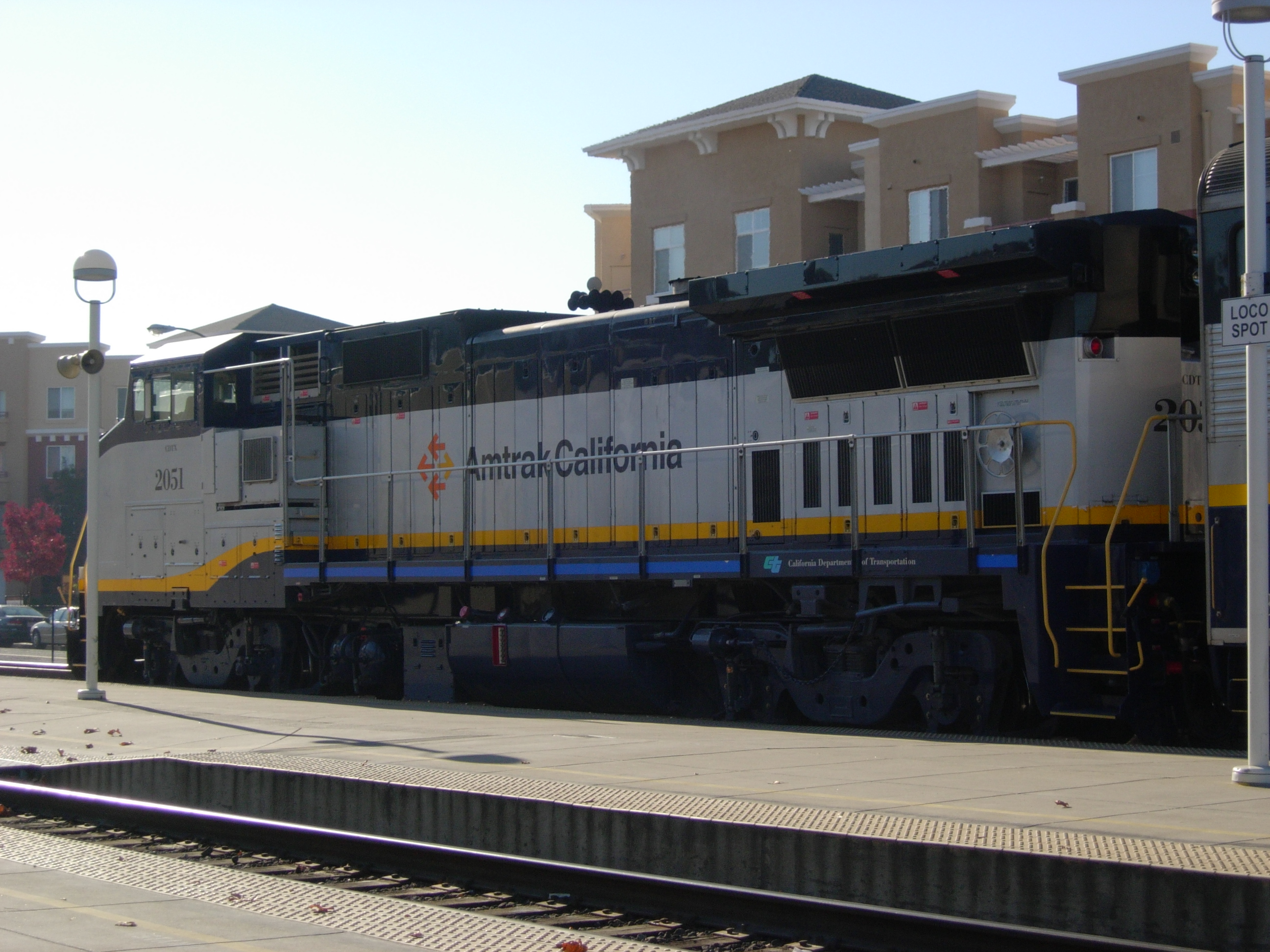The story of trains continued
The tracks consisted of 6-inch pine squares joined by iron splice plates and bolts. Iron straps were spiked to the upper surface of the rails for protection. Though potentially dangerous, the rails caused only one minor accident before they were replaced by iron rails in the 1850s.
In June 1836, the locomotive Dorchester arrived at Molson’s wharf in Montreal. It had four driving wheels, a high centre of gravity, and a short wheelbase that earned it the nickname “Kitten" for its skittish behavior. An indentured driver was sent along with the engine, but since his contract was unenforceable in Canada, he deserted soon after arrival. The Dorchester’s trial runs were staged at night in the moonlight so as not to frighten the public.
The line opened in July 1836 to a huge celebration. Lord Gosford, Governor General of Lower Canada, and Louis-Joseph Papineau, the future rebel, were among the first passengers. The 300 guests proved too much for the little engine so only the two first-class coaches, carrying 32 of the elite, were attached to it. The remaining coaches and flatcars were hauled by teams of horses. In two hours, everyone had reached the brand-new station at St. John, where there were toasts and testimonials galore.
Although shippers found the railway to be too expensive, the passenger traffic was astonishing. Montreal families could not resist a combined ferry-railway outing which cost only a few shillings. Excursions were so numerous that the clutter of picnickers along the tracks was playing havoc with the schedules. Rules had to be made to curb the carefree behavior of the passengers. Penalties were enforced for walking on top of the coaches while in motion or for smuggling a dog into a first-class compartment. Charles Dickens took a day off from the theatre in Montreal to ride the railway, praising it extravagantly.
The success of the little railway was like a spark in dry tinder. The countryside spawned short lines in all directions. Although serious construction of railways did not occur in Canada until the 1850s, once it began it became a mania, dominating public policy, stimulating trade and industry, building cities, ferrying settlers westward, uprooting the First Nations, and stitching together an improbable country.
James Good's Foundry in Toronto produced the first steam locomotive made in Canada. The 'Toronto' pulled carriages on the Ontario, Simcoe, and Huron Railroad
The black locomotive was a big, iron beauty. Constructed in 1853 to be rugged and sturdy, the Toronto Number 2 Locomotive was the first railroad engine built in Canada.
The Toronto was not the first steam locomotive in Canada – which honour went to the Dorchester. The smaller, lighter steam engine was imported from England but was not quite up to the difficult northern conditions. Built by Robert Stephenson and Company of Newcastle upon Tyne, the Dorchester arrived by ship in 1836. It operated on the first Canadian rail line owned by the Champlain and St. Lawrence Railroad Company, hauling two passenger coaches from LA prairie to Dorchester in Quebec, according to Collections Canada.
The first Toronto No. 2 engine emerged from James Good’s Foundry in the spring of 1853. James Good emigrated from Ireland to Upper Canada in 1832 at about age 16. He became an ironworker, working his way up to factory owner. With the financial help of his father-in-law, Bartley Bull, in 1840, Good purchased the Union Furnace Company of Toronto, a functioning foundry. After a devastating fire, the factory was rebuilt in 1841 and the business grew. (It was re-named several times: Toronto Locomotive Works, Toronto Engine Works, and later Toronto Stove Works.) James Good bid on and won the contracts to build steam engines for the new rail lines being constructed across the countryside that was to be confederated as Canada.
The never ending story of trains to be continued.











